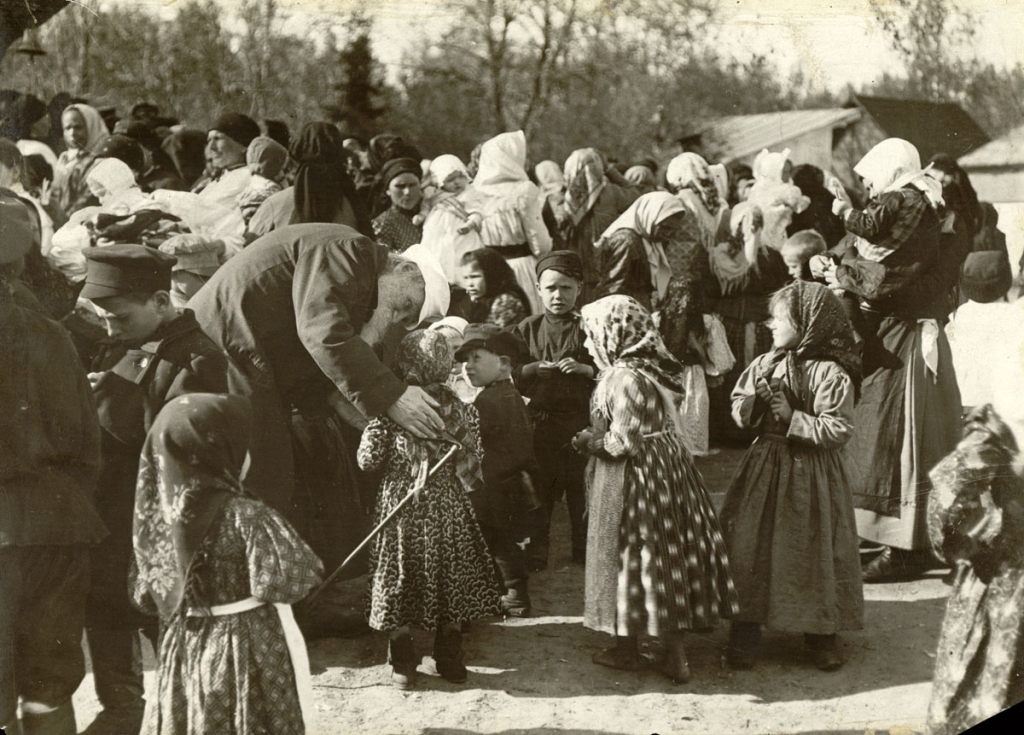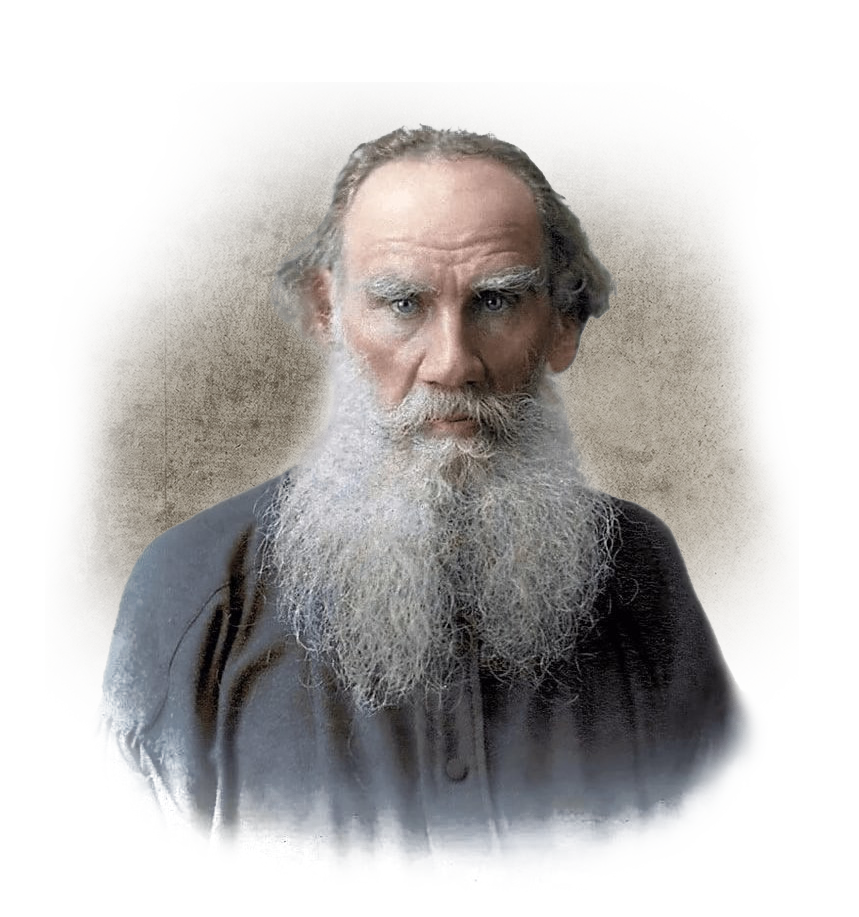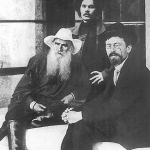
20.12.2022
The nature of perception and interpretation of Tolstoy’s work, as well as the nature of his impact on individual artists and the literary process, is largely determined by the characteristics of each country, its historical and artistic development. Thus, French writers perceived him primarily as an artist who opposed naturalism and was able to combine a truthful depiction of life with spirituality and high moral purity. English writers have relied on his work in the fight against the traditional “Victorian” sanctimony, they saw in it an example of high artistic courage. In the United States Leo Tolstoy became a mainstay for writers who asserted acute social themes in art. In Germany, his anti-militarist speeches became the most important, German writers studied his experience of realistic depiction of war. Writers of the Slavic nations were impressed by his sympathy for the “small” oppressed nations and the national-heroic themes of his works.
Leo Tolstoy had a great influence on the evolution of European humanism, on the development of realistic traditions in world literature. His influence has affected the work of Romain Rolland, Francois Mauriac and Roger Martin du Gara in France, Ernest Hemingway and Thomas Wolfe in the United States, John Galsworthy and Bernard Shaw in England, Thomas Mann and Anna Segers in Germany, August Strindberg and Arthur Lundqvist in Sweden, Rainer Rilke in Austria, Eliza Orzhesko, Bolesław Prus, Jarosław Iwaszkiewicz in Poland, Maria Pujmanowa in Czechoslovakia, Lao She in China, Tokutomi Roka in Japan, each of them having experienced this influence in his own way.

Western humanist writers such as Romain Rolland, Anatole France, Bernard Shaw, the brothers Heinrich and Thomas Mann considered Tolstoy their teacher and heeded his denunciatory voice in Resurrection, The Fruits of Enlightenment, Kreutzer Sonata and Death of Ivan Ilyich. Tolstoy’s critical world view penetrated into their consciousness not only through his journalism and philosophical writings, but also through his works of fiction. Heinrich Mann said that Tolstoy’s works were for German intellectuals an antidote to Nietzscheanism. For Heinrich Mann, Jean-Richard Bloch and Hamlin Garland, Leo Tolstoy was a model of great moral purity and intransigence to social evil and attracted them as the enemy of the oppressors and defender of the oppressed. The aesthetic ideas of Tolstoy’s world view were reflected in one way or another in Romain Rolland’s book The People’s Theatre, in articles by Bernard Shaw and Boleslaw Pruss (the treatise What is Art?) and in Frank Norris’ book The Responsibility of the Novelist, in which the author repeatedly refers to Tolstoy.
For Western European writers of Romain Rolland’s generation, Leo Tolstoy was an elder colleague, a teacher. He was the centre of attraction for democratic and realist forces in the ideological and literary struggle of the early century, but also a subject of intense debate on a daily basis. At the same time, for later writers, the generation of Louis Aragon or Ernest Hemingway, Tolstoy’s work became part of the cultural riches they absorbed in their youth. Today, many foreign novelists, even those who do not consider themselves students of Tolstoy or define their attitude to him, at the same time assimilate elements of his creative experience, which has become a universal asset of world literature. Leo Tolstoy was nominated several times for the Nobel Prize for Literature in 1902-1906 and for the Nobel Peace Prize in 1901, 1902 and 1909.




